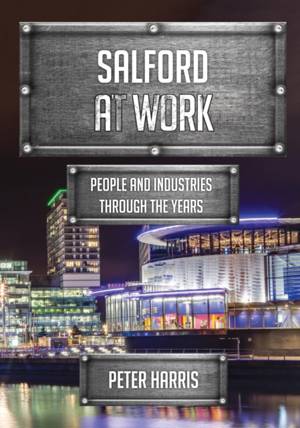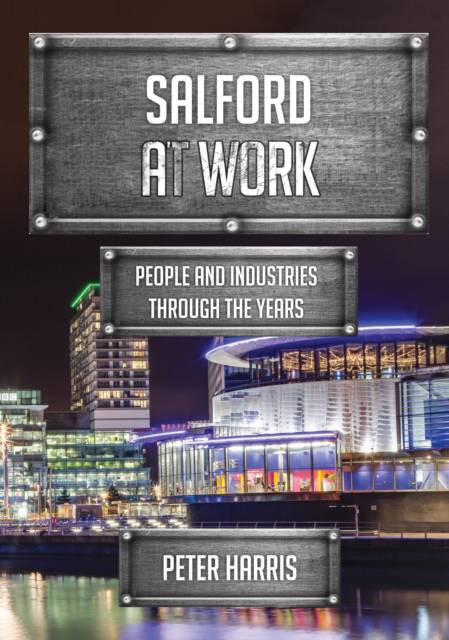
- Afhalen na 1 uur in een winkel met voorraad
- Gratis thuislevering in België vanaf € 30
- Ruim aanbod met 7 miljoen producten
- Afhalen na 1 uur in een winkel met voorraad
- Gratis thuislevering in België vanaf € 30
- Ruim aanbod met 7 miljoen producten
Zoeken
€ 22,45
+ 44 punten
Omschrijving
Though often seen as the smaller twin of Manchester, Salford - its neighbour across the River Irwell - boasts a rich industrial heritage. Cotton and silk spinning and weaving in local mills attracted an influx of families and provided Salford with a strong economy. However, it was the completion of the Manchester Ship Canal in 1894 that triggered the town's development as a major inland port, and Salford expanded rapidly from a small market town into a major industrial metropolis. The population rose from 12,000 in 1812 to 70,244 within thirty years. By the end of the nineteenth century it had increased to 220,000, mostly housed in low-quality and overcrowded Victorian terraces, leading to chronic social deprivation. Salford at Work explores the life of Salford and its people, from pre-industrial beginnings through to the present day. In a fascinating series of contemporary photographs and illustrations, it takes us through the dramatic rise and fall of the textile industry and the town's role as a major inland port, the trauma of high unemployment between the wars, post-war industrial decline and into the twenty-first century, showing how this 'Dirty Old Town' has successfully transformed itself from one of the country's most deprived areas into a thriving post-industrial city.
Specificaties
Betrokkenen
- Auteur(s):
- Uitgeverij:
Inhoud
- Aantal bladzijden:
- 96
- Taal:
- Engels
- Reeks:
Eigenschappen
- Productcode (EAN):
- 9781445679037
- Verschijningsdatum:
- 15/05/2018
- Uitvoering:
- Paperback
- Formaat:
- Trade paperback (VS)
- Afmetingen:
- 165 mm x 234 mm
- Gewicht:
- 298 g

Alleen bij Standaard Boekhandel
+ 44 punten op je klantenkaart van Standaard Boekhandel
Beoordelingen
We publiceren alleen reviews die voldoen aan de voorwaarden voor reviews. Bekijk onze voorwaarden voor reviews.











